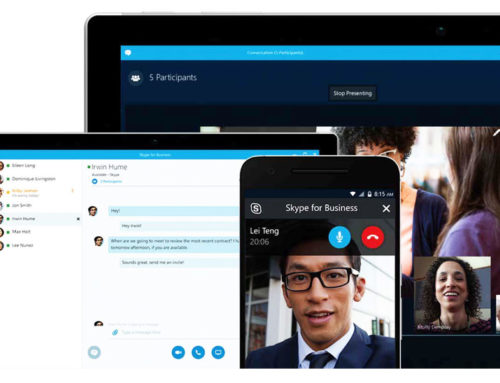Handling the Issue of Technology and Communication in the Workplace
Communication, not too long ago, took several days to arrive if you were mailing a letter. Now, communication is instantaneous. You can call, text, email, voicemail, conference, tweet, Snap, IM, IG (and any number of other methods that I am apparently not aware of, or so say my kids!).
It’s bad enough in our personal lives, but it is wreaking havoc in our business lives. Stress is up, expectations are immediate, and the overwhelm we all feel is having an impact.
Did you know that approximately 82 percent of employees say they keep their phones “within eye contact” at work?
This statistic is not surprising considering how much we have all grown accustomed to relying on technology in our daily lives. Many of us depend on our phones, tablets, and smartwatches as alarm clocks and calendars, to check in with people on social media, for email, texting, and to accomplish a litany of other various tasks.
It’s no different in the workplace: smartphones have become a primary business and productivity tool. An estimated 58 percent of respondents in a recent online survey said they usually use their smart phones for business and productivity applications.
However, there’s a growing concern with technology and communication at work. When it comes to effective communication and creativity, reliance on technology in the workplace can actually become a hindrance, especially when it’s replacing personal human interaction.
Cornerstone on Demand’s latest Workplace Productivity Report found that 47 percent of surveyed employees were overwhelmed by technology and 16 percent felt technology was hurting their ability to be productive.
Another recent study found that merely having a phone on the table during a meeting can distract workers, can reduce their ability to pay attention, comprehend and retain information. Connecting with your phone often trumps human connection.
There are many other “cons” to consider concerning the constant use of technology in our jobs:
- It’s more challenging to practice empathetic communication
- Impossible to determine tone of voice
- It’s difficult to interpret messages and be an active listener
- Eliminates nonverbal cues
- Often inhibits creativity and collaboration
I recently read an article that suggested many of us now check our cell phones up to 150 times a day. A trend like this not only suggests that we are letting technology dehumanize us, but also that our never-ending connection is distracting us from being present with our work and connecting authentically with others.
Don’t Let Quality Human Communication Skills Fall by the Wayside
In my opinion, technology, in itself, is not necessarily bad or detrimental. Smartphones have a vital place in the modern workplace, and there are significant benefits that help boost productivity, increase efficiency, improve communication methods, and inspire creativity.
However, it is our deepening relationship with technology — which leads to our increasingly unintentional habits that distract us from the present moment — that could use a little work.
So, what’s the answer?
Find a Healthy Balance
If we want our work environments to enable effective communication, creativity, collaboration, and high-quality work, a bit of technological discipline might be in order.
Start the process with a top-down approach. After all, executive teams and management set the tone for what is acceptable — and what is not — when it comes to technology use and behaviors in the workplace.
Your goal should be to strive to create a culture of transparency regarding how devices should be used in your company, minimizing the potential for misleading assumptions, and more importantly, enhancing effective communication and productivity.
At the end of the day, technology in today’s work environment can be a blessing or a curse.
Finding the right balance of when and how your employees use it depends on your ability to confidently communicate expectations and set clear boundaries for every team member. And the more engaged team members are, the easier it will be to influence their daily technology habits moving forward.
TECH TIPS:
- Have people at meetings close lap tops and put phones away or off the table.
- Choose to drop by a colleagues desk rather than text every once in a while
- Use your lunch time to go Tech-Free and just enjoy braking bread with a friend or peer.
- Find time to turn everything off for an hour or two and just go retro and read a book, take a walk or talk with a friend.





